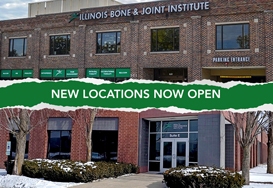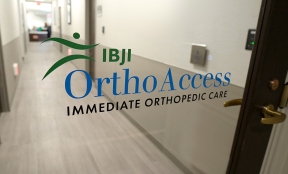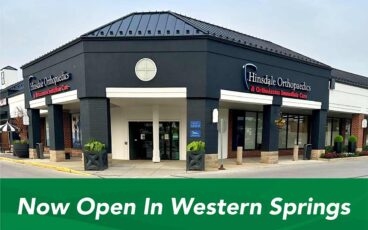Broken bones, also called fractures, are very common. They are so usual that on average most people will experience two broken bones in their life; of course Evil Knevil’s 433 broken bones skews that number slightly. Fractures can occur at any age, but they are most common in children and the elderly. There are many different types of fractures, with some types only affecting children. We all know that bones can break when they experience sudden impacts, but there are actually multiple causes of broken bones. Just like there being multiple causes of broken bones, there are also multiple ways to treat them in addition to multiple types of casts.
The Types Of Broken Bones
Bones don’t break in the same way in every case. Impacts and falls don’t happen the same way to every person, so bones don’t break the same every time. Below are the 5 most common kinds of breaks, but there are actually dozens more to choose from.
- A simple fracture is when the bone breaks but the skin remains intact
- Compound fractures occur when the skin is pierced by the either a broken piece of the bone or by the impact.
- Transverse fractures happen when the bone is broken off at a right angle, like the corner of a square.
- A comminuted fracture means the bone has broken into at least three or more pieces.
- Greenstick fractures usually occur only in children when the bone bends and partially breaks like a green twig.
Treating Broken Bones
A fracture can be an incredibly painful ordeal to go through. Getting expert medical treatment quickly is essential. While visiting the doctor, expect to have an x-ray or MRI performed to allow the doctor to see the extent of the damage. The orthopedic physician will then decide on the best course of action. Of course the most common treatment is the plaster and fiberglass cast that most of us have seen before. In some more minor breaks, or breaks in difficult to cast places, a physician may choose to use a splint. Some breaks are severe enough to require the use of pins, plates and screws to immobilize the bones while they heal.
Recovering After A Fracture
Depending on the location, type, and severity of a fracture it may take a broken bone several weeks to several months to heal. The good news is that the pain involved with a fracture usually dissipates long before the bone has actually healed. You will probably need some kind of rehabilitation after the immobilization has been removed. This is due to the muscles and ligaments becoming week and stiff due to the lack of use.
Getting Quick Treatment
It is essential to seek medical treatment as quickly as possible after a bone has been broken. To help you get treatment fast, IBJI has six immediate care OrthoAccess offices throughout the Chicagoland area. Our OrthoAccess locations not only offer you the leading physicians in the area, but state-of-the-art diagnostic equipment and extended hours. OrthoAccess is just one more reason why IBJI is your best choice for immediate orthopedic care in Chicago.
*This content is for information only and is not intended to replace the diagnosis, treatment, or medical advice from your treating healthcare professionals. The content does not provide medical advice, does not constitute the practice of medicine or other healthcare professional services, and does not create a doctor-patient relationship. You should not rely on this information as a substitute, nor does it replace professional medical advice, diagnosis, or treatment. If you have concerns or questions, seek the advice of your healthcare professionals. If you think you may have a medical emergency, call your doctor or 911 immediately. Do not rely on electronic communications or communicate through this website for immediate, urgent medical needs. This website is not designed to facilitate medical emergencies. The use of the information is at the reader’s own risk. The links are provided for information and convenience only. We cannot accept responsibility for the sites linked or the information found here. A link does not imply an endorsement of a site.




